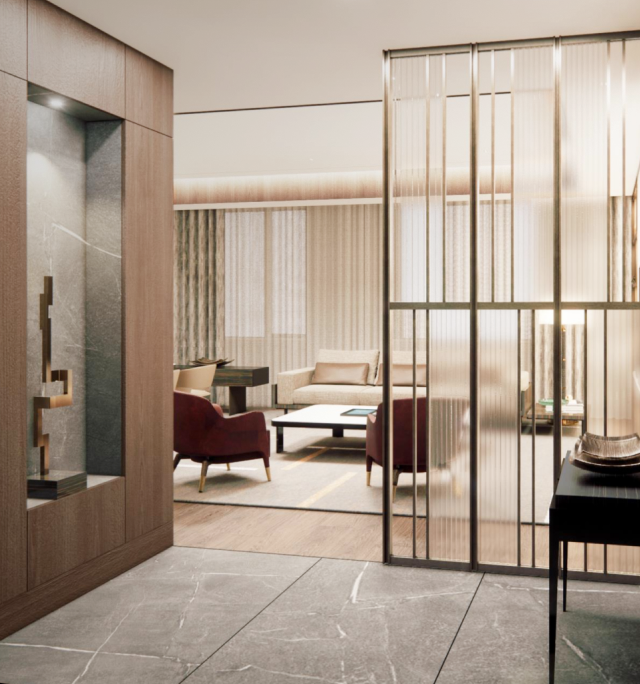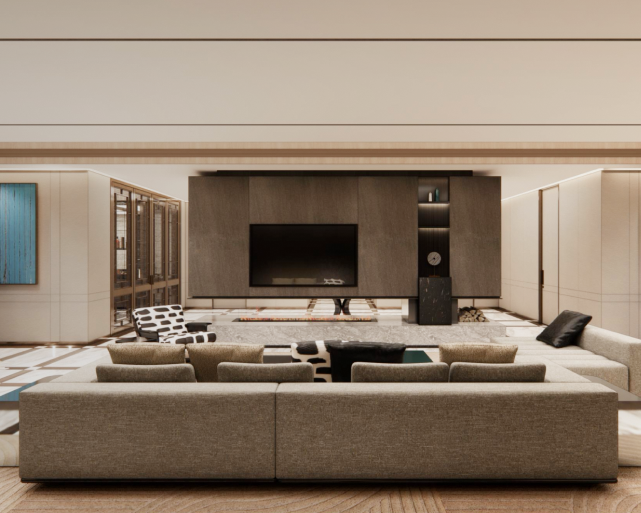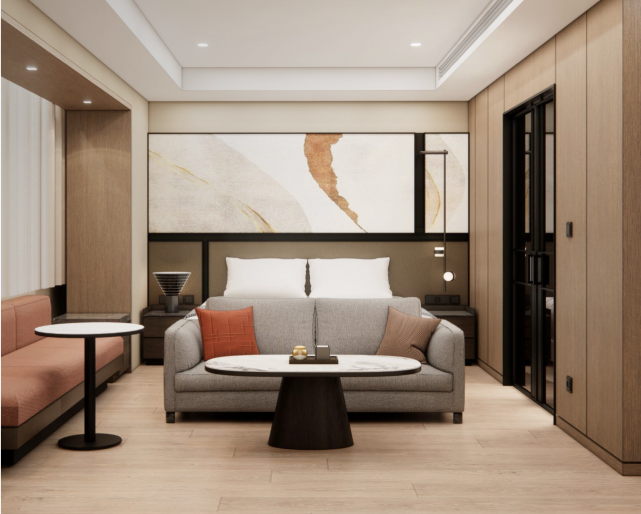The History Of French Doors And Windows In 10 Milestones
페이지 정보

본문
French Doors and Windows: An Elegant Addition to Any Home
French doors and windows have long been commemorated for their aesthetic charm and versatile functionality. With expansive glass panels that allow natural light and provide unobstructed views, these architectural functions serve a double purpose: boosting the charm of a home while promoting a welcoming atmosphere. This article checks out the various characteristics of French doors and windows, their historic significance, benefits and disadvantages, design choices, installation considerations, and maintenance pointers.

The Charm of French Doors and Windows
Historical Background
Stemming in the 17th century during the Renaissance duration, French doors were developed to highlight light and natural vistas. Generally used as access to terraces, gardens, and patios, they have considering that progressed to end up being popular architectural elements around the world. French windows share a similar history, frequently serving the exact same purpose of connecting indoor spaces with the exterior.
Characteristics of French Doors
French doors are understood for their distinct design functions:
- Double Panels: Typically composed of two hinged doors that swing open, using an unblocked opening.
- Glass Construction: Glass panes control the surfaces, often framed by wood or metal, supplying sufficient light and heat.
- Versatile Operation: They can either swing available to the interior or exterior, depending on the style.
- Range of Styles: French doors come in numerous designs, including standard, contemporary, and French cottage styles.
Qualities of French Windows
Likewise, French windows exhibit unique characteristics:
- Vertical Orientation: Like doors, they typically feature 2 or more panes but are developed to open vertically, enhancing room air flow.
- Grille Patterns: The grids often complement other architectural components, producing a cohesive appearance for homes.
- Combination with Outdoor Spaces: They typically lead onto balconies, patios, or gardens, promoting a seamless integration of indoor and outdoor living.
Benefits of French Doors and Windows
Integrating French doors and windows into a property comes with numerous advantages:
- Natural Light Exposure: Their extensive glass surfaces permit more daylight, developing an enjoyable and buoyant energy in the home.
- Improved Aesthetics: French doors and windows contribute to an advanced look, raising the overall visual appeal of area.
- Outside Connectivity: They seamlessly link the interior of a home with its outside area, promoting a more open and airy feel.
- Increased Property Value: Elegant architectural functions can enhance the market value of a home.
- Versatility: They can be used in various settings, consisting of dining locations, living spaces, and even as entry indicate gardens.
Drawbacks of French Doors and Windows
While there are various advantages, it is vital to think about the potential downsides:
- Space Requirements: Swinging doors need sufficient space, which may not be appropriate for smaller homes.
- Upkeep: The substantial glass surfaces necessitate regular cleansing and maintenance to prevent grime and enhance exposure.
- Energy Efficiency: Depending on the material and building quality, they may not always provide optimal insulation, potentially leading to increased energy costs.
- Security Concerns: Glass doors and Upvc Windows & Doors can be more vulnerable to burglaries if not reinforced with adequate security functions.
Style Options for French Doors and Windows
When choosing French windows and doors, house owners have a series of style alternatives readily available:
- Material Choices: Common materials include wood, fiberglass, aluminum, and vinyl, each offering various aesthetic and functional qualities.
- Glass Types: Options vary from clear to frosted, tempered, or double-glazed, varying based upon privacy requirements and energy effectiveness requirements.
- Grille Patterns: Grilles can include an ornamental touch; house owners can choose from different styles, such as colonial, meadow, or modern.
- Colors and Finishes: Custom paint colors and finishes can complement existing decoration, whether a bold declaration or a subtle shade.
| Type | Advantages | Disadvantages |
|---|---|---|
| Wood | Aesthetically pleasing, versatile | Needs upkeep, might warp |
| Fiberglass | Outstanding insulation, low upkeep | More expensive than wood |
| Aluminum | Resilient, weather-resistant | Poor insulation, can feel cold |
| Vinyl | Low maintenance, energy-efficient | Limited color options |
Installation Considerations
When going with French doors and windows, it is vital to think about the following setup elements:
- Professional Help: Hiring skilled professionals can make sure correct installation and minimize problems associated with leakages and drafts.
- Structural Changes: Installing French doors may require structural adjustments, particularly for walls that do not at first accommodate such openings.
- Building regulations: Homeowners must examine regional building policies and get needed authorizations before making renovations.
- Material Selection: Choosing the right products will significantly affect the longevity and performance of the installation.
Upkeep Tips for French Doors and Windows
To make the most of the life expectancy and efficiency of French doors and windows, property owners must adopt correct upkeep practices:
- Regular Cleaning: Wipe down glass surfaces routinely to get rid of dirt, fingerprints, and streaks using a glass cleaner or vinegar option.
- Examine Seals and Caulking: Regularly examine for worn seals and caulking around frames to keep energy effectiveness.
- Lubricate Hinges: Apply lubricant to hinges and manages to guarantee smooth operation of swinging doors and opening windows.
- Avoid Harsh Chemicals: Steer clear of abrasive products that may scratch or damage the glass or frames.
Regularly Asked Questions (FAQs)
1. What is the difference between French doors and patio area doors?
French doors typically feature glass panels with a more traditional design, providing a sophisticated look, while patio doors generally refer to sliding glass doors that operate horizontally.
2. Are French doors energy-efficient?
French doors can be energy-efficient if they are made of top quality materials with proper insulation. Double-glazed options offer better temperature guideline.
3. Can I set up French doors myself?
Although DIY installation is possible, it is frequently advised to employ professionals due to the complexities included, consisting of structural modifications and making sure appropriate sealing.
4. Do French doors enhance home value?
Yes, French windows and doors can boost the looks and performance of a home, possibly increasing its market price.
5. What are the very best materials for French doors?
The finest products depend on individual preferences and objectives. Wood is visually pleasing, fiberglass offers excellent insulation, aluminum is durable and low-maintenance, while vinyl is energy-efficient.
Conclusion: A Timeless Choice for Homes
French doors and windows stay a classic choice for house owners seeking beauty, performance, and seamless integration between indoor and outside areas. By considering style choices, setup best practices, and proper upkeep, house owners can delight in the charm and advantages of these architectural features for years to come. Embracing such long-lasting designs not just improves the home's aesthetic appeal however likewise fosters an inviting environment that welcomes nature while providing security and comfort.
- 이전글What's The Current Job Market For Metal Bay Window Installers Professionals Like? 25.08.03
- 다음글Guide To Self Cleaning Robot Vacuum: The Intermediate Guide Towards Self Cleaning Robot Vacuum 25.08.03
댓글목록
등록된 댓글이 없습니다.




